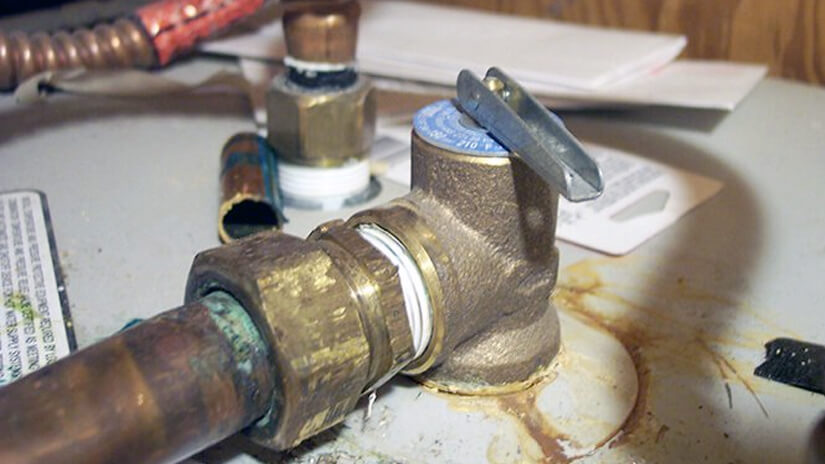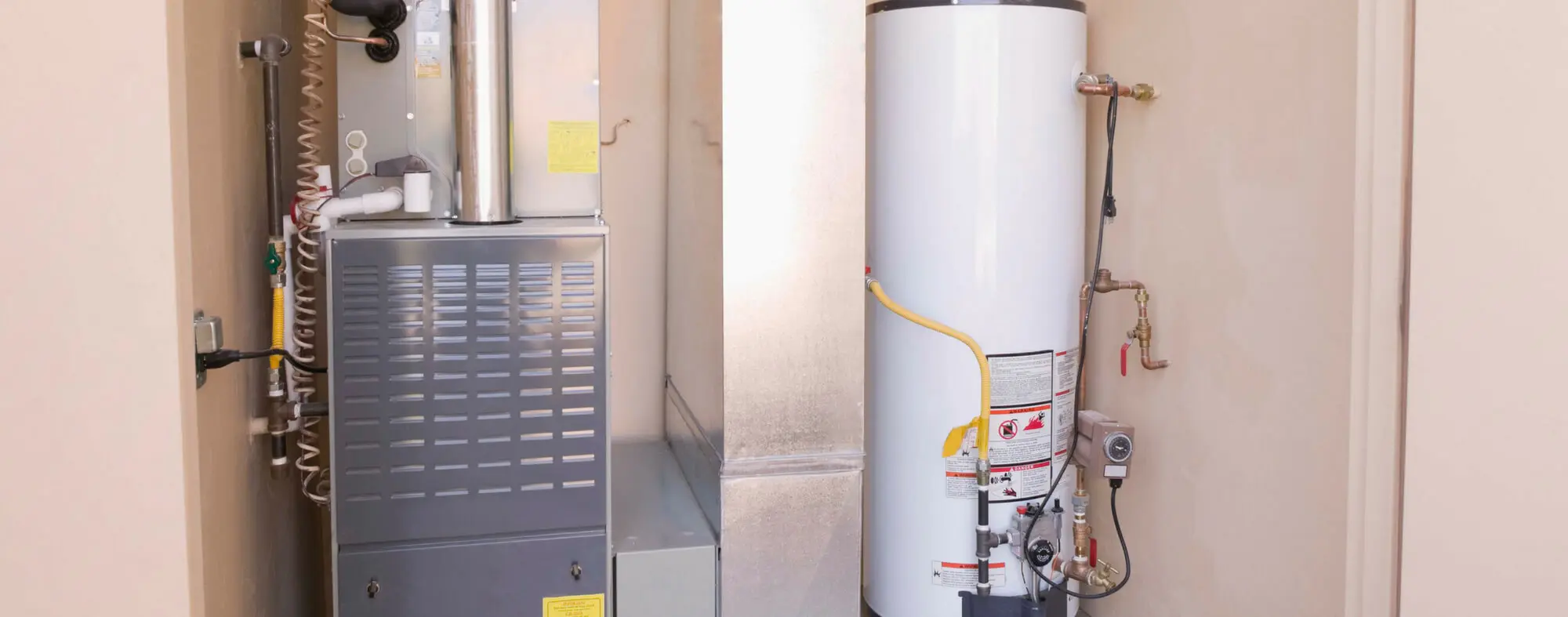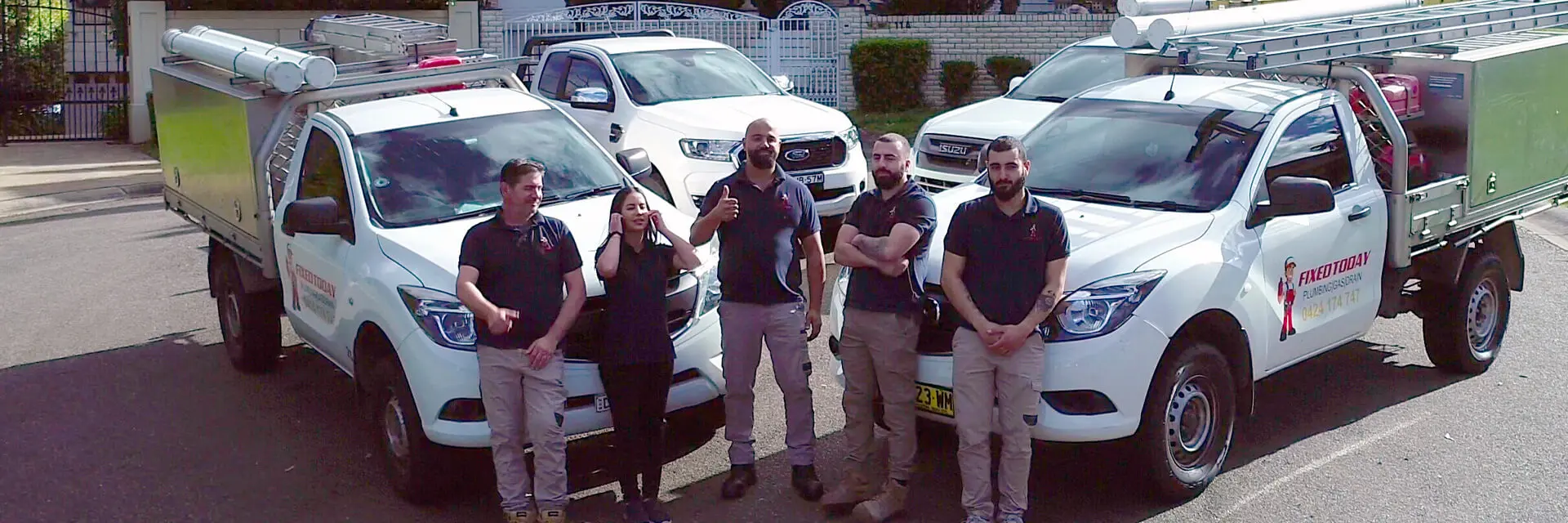It bothers me when you don’t think about how your water heater lasts or works until it fails on you. Many parts and components of your water heaters work together to ensure the efficient and safe delivery of heated water throughout your property.
An essential component of your water heating appliance or hot water heating system is the TPR valve, also known as the Temperature Pressure Relief Valve. These valves are indispensable for all domestic water heaters and boilers.
TPR valves are all about safety, maintaining the right water temperature and pressure in your water heater. You’ll usually find them on the top or side of the heater, equipped with a lever and a discharge pipe that leads to the bottom.

What Do TPR Valves Do?
When the water heats and expands inside the storage tank, ready for you to use, the primary function of the Temperature and Pressure Relief Valves (TPR valves) is to automatically open up and release excess pressure through the discharge pipe or drain line. The drain line routes hot water from the TPR to a proper discharge location. Discharge pipes should be constructed of approved materials, such as CPVC, copper, polyethylene, galvanized steel, polypropylene, or stainless steel.
If your hot water heater gets overloaded or produces moisture and steam faster than usual, pressure can start to build up, putting your water heater at risk of a blowout.
It’s crucial for TPR valves to always function perfectly. Typically, you should test these valves every six months to ensure their safety features and effectiveness are intact.
How To Test Your TPR Valve
Here’s a quick guide on testing and inspecting your pressure relief valve before you think of replacing it.
- Make sure your valve is seated correctly. Open the valve up a couple of times to wash away leftover sediment. You will need to let the water cool down before you do this. Turn off your electric or gas hot water tank. You can shut off the breaker for an electric hot water tank. You will want to turn the gas valve to ‘Pilot’ or ‘Off’ on a gas hot water tank. To catch the water, if you don’t have an indirect water receptor or floor drain near it, you can use a bucket to see the water released from the valve. Open the valve by lifting it for a few seconds and then closing it again. Do this a couple of times.
- You can now turn on your water tank and let the water heat up. If it seems to work, you won’t have to replace it. Check the valve to see if it holds.
- To replace TPR valves, you will have to purchase a new one. You can get these at any hardware store. Take your old one with you to know you are getting the correct one for your tank. Read the plate on the valve to ensure the ratings and degrees are correct.
- The next step is to drain your unit partially. Running your hot water tap until it cools down would be best. You used a household hose to hook up to your valve to drain the water. Have a bathtub or drain handy nearby to run the water into. Having the water level in the unit below the valve would be best.
- To remove the old TPR valve, you will need a pipe wrench and a lot of patience and manpower. It may take some time to loosen the valve. Check if you have any PVC tubing attached to the outlet. Remove it and put it aside. When the valve comes off, dispose of it and clean around the opening of any residue and dirt.
- It is time to attach your new Temperature Pressure Relief Valve. Apply Teflon tape to the threads of your new valve. Carefully thread the valve to the opening and tighten it with your wrench. Make sure your PVC tube is completely dry before reattaching it again. And ensure you don’t pull the discharge tube too much.
- Remove your hose from the drain valve and turn the water on your unit to let it fill up again. Check the valve for leaks and if it is seated properly.
- Once your water heater tank is complete, you can switch on your water heater and recheck the valve for leaks.

Need a Plumbing Service?
Understand Your TPR Valve
You can always contact your trusted local plumbing team to inspect and replace the valve on your hot water system.
A licensed plumber will have the tools and experience to perform repairs and valve installations correctly and according to safety standards.
Fixed Today is the hot water system experts in Sydney, so call them with any issues or concerns about your current gas, electric, or solar hot water tank. Want to learn more about hot water systems? Check out our guide on how an electric hot water system works to sharpen your plumbing knowledge!















